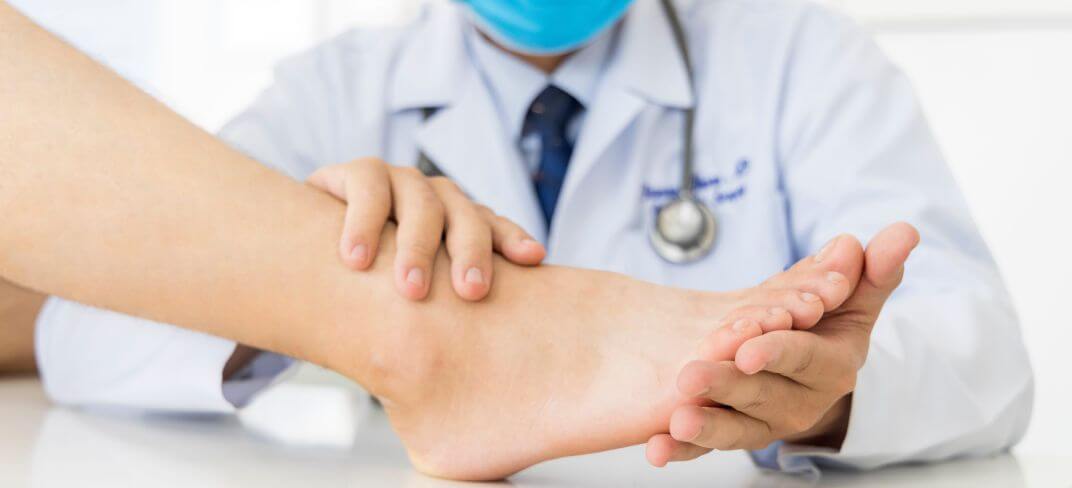
Hallux Valgus Open House September 21, 2024
26 August 2024
Join UPMC Salvator Mundi International Hospital's Open House dedicated to hallux valgus’ treatment.
This is a very common foot condition that predominantly, but not exclusively, affects the female population over 40. It is a deformity of the first toe, characterized by the outward displacement of the base of the big toe, the tip of which consequently deviates toward the other toes. When the condition is severe or in an advanced stage, the big toe may even overlap with the second toe. At the same time, this condition results in the formation of a bony protrusion on the side of the base of the toe, which, in continuous contact with shoes can form a painful bursitis, up to ulceration of the skin.
If you think you have hallux valgus or have already been diagnosed and want to solve this problem, which not only results in pain, limited range of motion, functional impairment and over time more or less disabling deformities, but also aesthetic discomfort, attend our Open Day:
- Saturday, September 21, 2024 – from 8:30 a.m. to 1:00 p.m.
Book your appointment online by clicking here or by calling +39 06 588 96 800.
Dr. Alfredo Orefice, a medical surgeon specialized in orthopaedics and traumatology, will be available to you for a free orthopaedic consult.
What are the causes of hallux valgus?
If the angle of valgus, that is, the amplitude of the lateral deviation of the hallux, is between 8 and 10 degrees we are dealing with a physiological shift. However, when the amplitude is greater, we are talking about a pathological condition. Surgery is not always necessary, but it is important to consult a specialist to verify the stage of the condition and define the therapeutic path to prevent pain and disabling degeneration.
There are several causes underlying the onset of hallux valgus:
- Genetics.
- Congenital malformations.
- Use of shoes with narrow sole and toe and high heel.
- Autoimmune diseases (e.g., rheumatoid arthritis) and degenerative diseases (e.g., pronated foot).
- Obesity.
- Foot injuries.
- Postural problems.